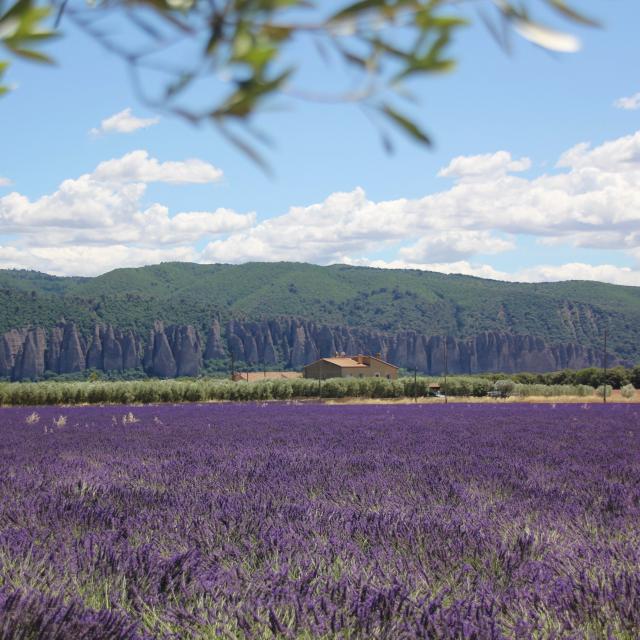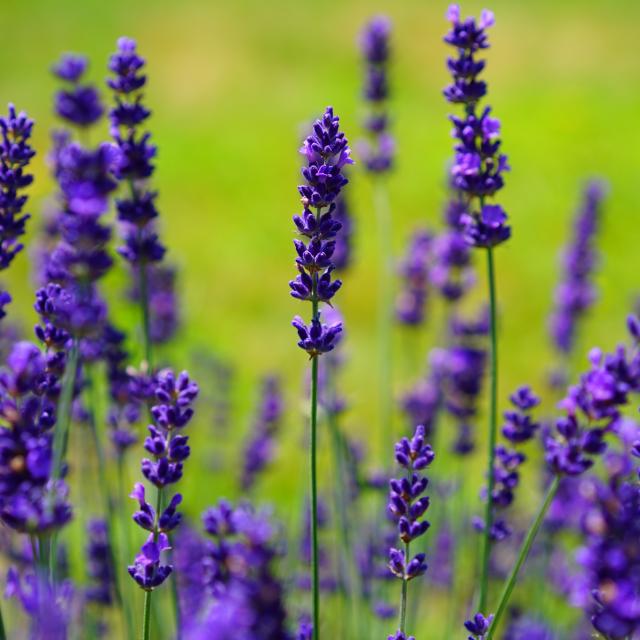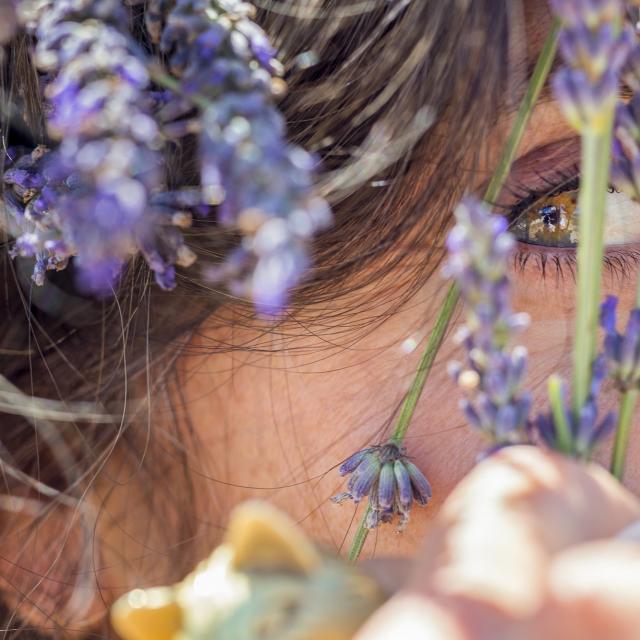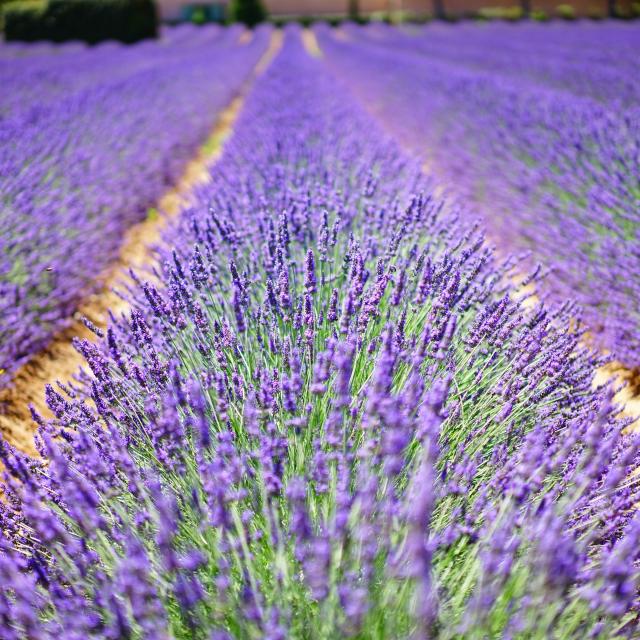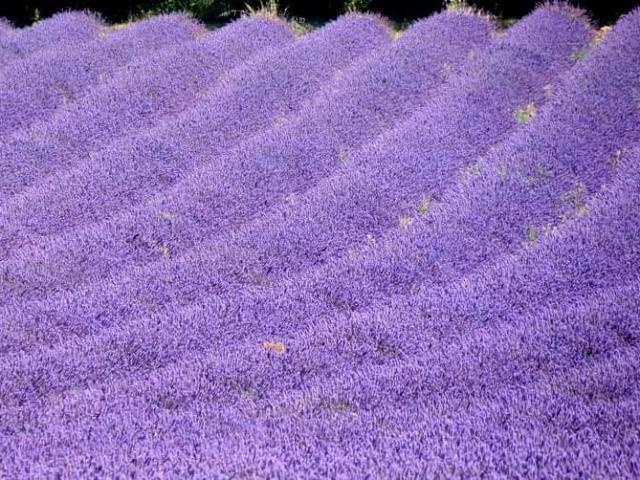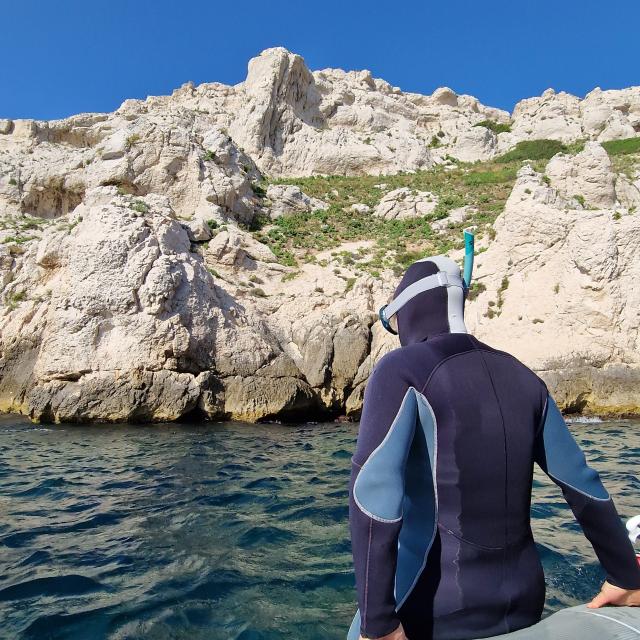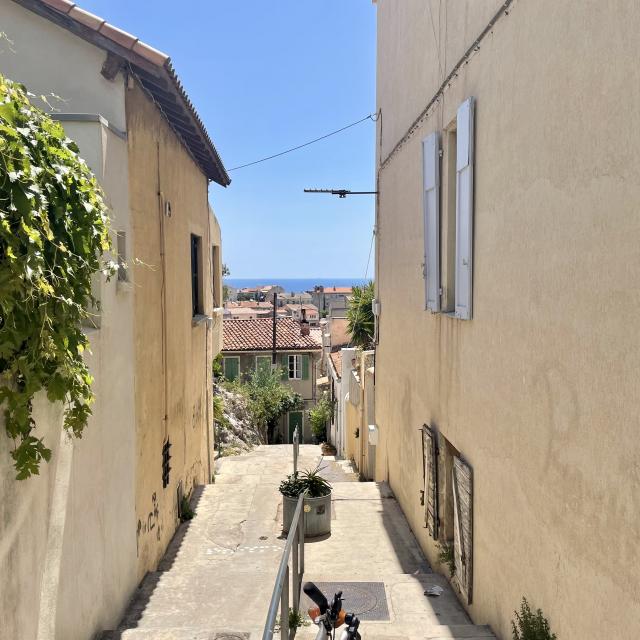
Lavender flowers grow in the south of France and are used mainly to make essential oil. The “Huile essentielle de lavande de Haute-Provence” (lavender essential oil from Haute-Provence) has the Appellation d’Origine Protégée (protected designation of origin). However, the flowering show only lasts 2 months in the year, so you have to plan ahead to attend!
Where to see the lavender fields in Provence?
The Valensole plateau, the must-see
The lavender fields of the Valensole plateau are the most famous in Provence. This plateau, dedicated to the cultivation of cereals, olive trees and lavender, extends over 800 km² and offers a sumptuous panorama of the Provencal countryside. Not far away are the Verdon gorges, the largest canyon in Europe, with steep cliffs and turquoise water. Discover all of our excursions to the Valensole plateau.
The Claparèdes plateau in the Luberon
These lavender fields are located on beautiful country roads that wind between the various perched villages of Provence. The Abbey of Sénanque is not to be missed on a trip to this area. Excursions allow you to appreciate the beauty of the Luberon villages such as Gordes, with stops in the lavender fields.
The Albion plateau
Situated a little further north, it is around the perched village of Sault that the lavender fields stretch out. Several circuits in the lavender fields are proposed to discover the different villages and the surrounding fields.




